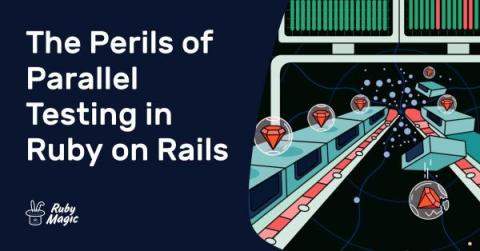Using Scientist to Refactor Critical Ruby on Rails Code
Ask any software engineer to review key portions of production code, and inevitably, they will point out three things that need to be refactored. So why does so much bad, brittle, or misunderstood code remain running in production? The answer is simple: engineers are afraid to touch it. Refactoring tasks get identified and added to the backlog, but rarely make it into the current sprint. There are numerous reasons for this.








